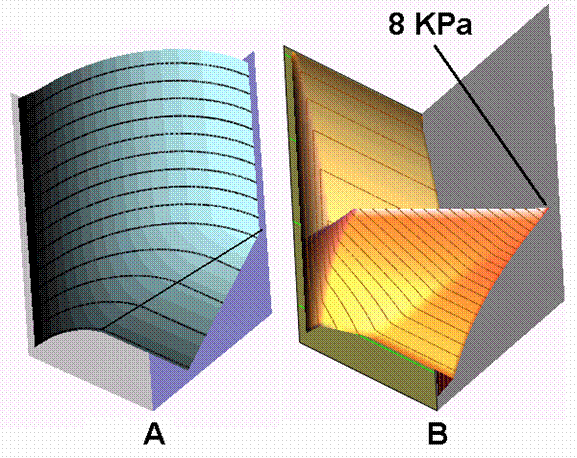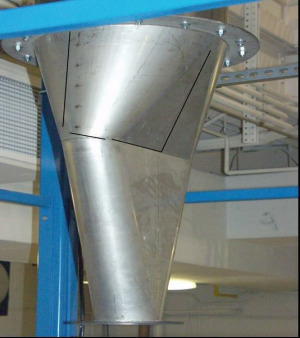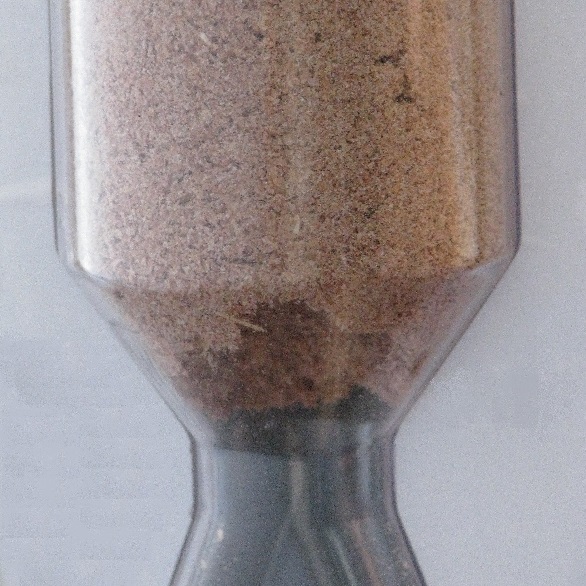Design News Direct and Powder & Bulk Solids Direct are part of the Informa Markets Division of Informa PLC
Informa PLC
ABOUT US
INVESTOR RELATIONS
TALENT
This site is operated by a business or businesses owned by Informa PLC and all copyright resides with them. Informa PLC's registered office is 5 Howick Place, London SW1P 1WG. Registered in England and Wales. Number 8860726.















